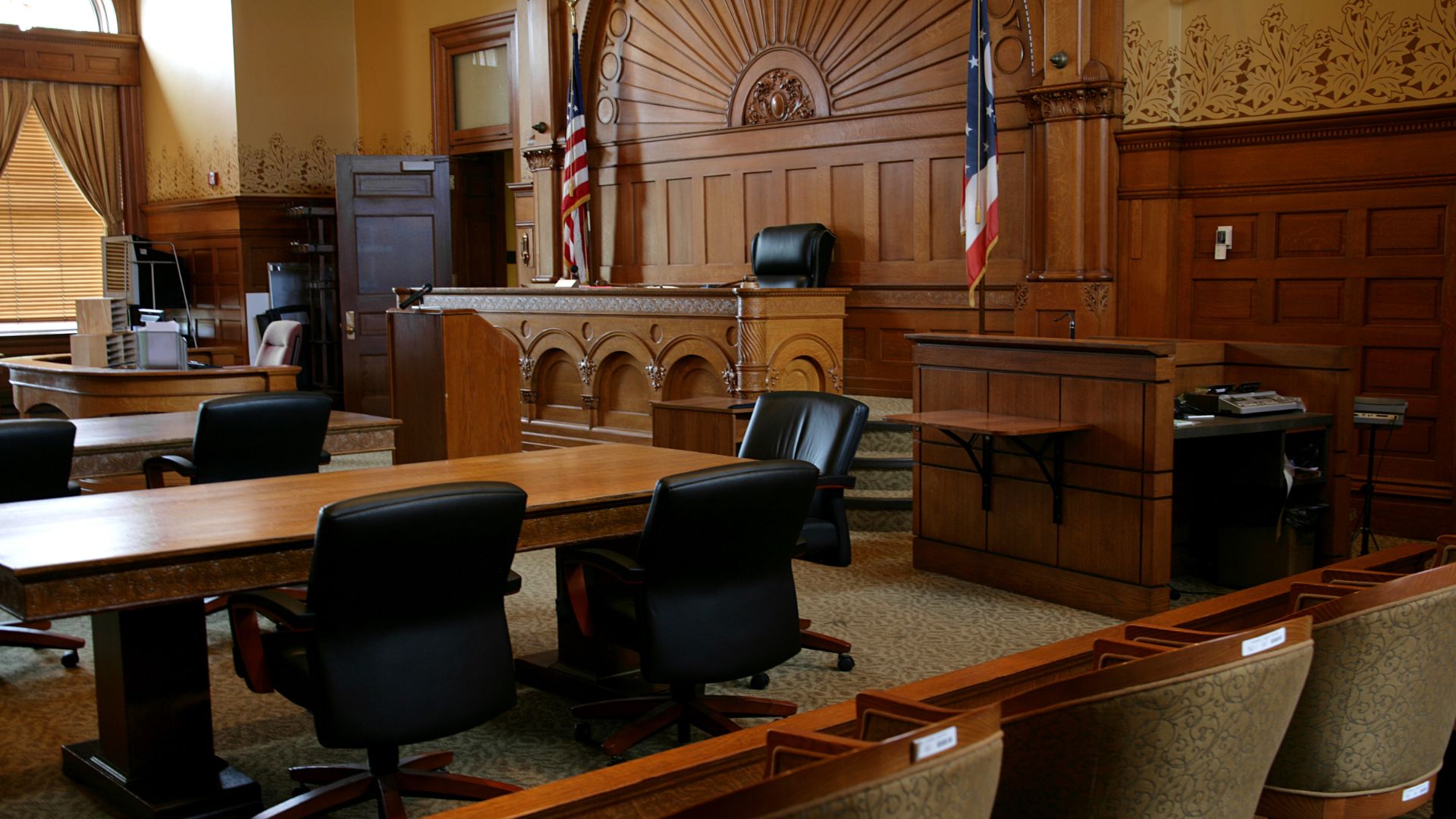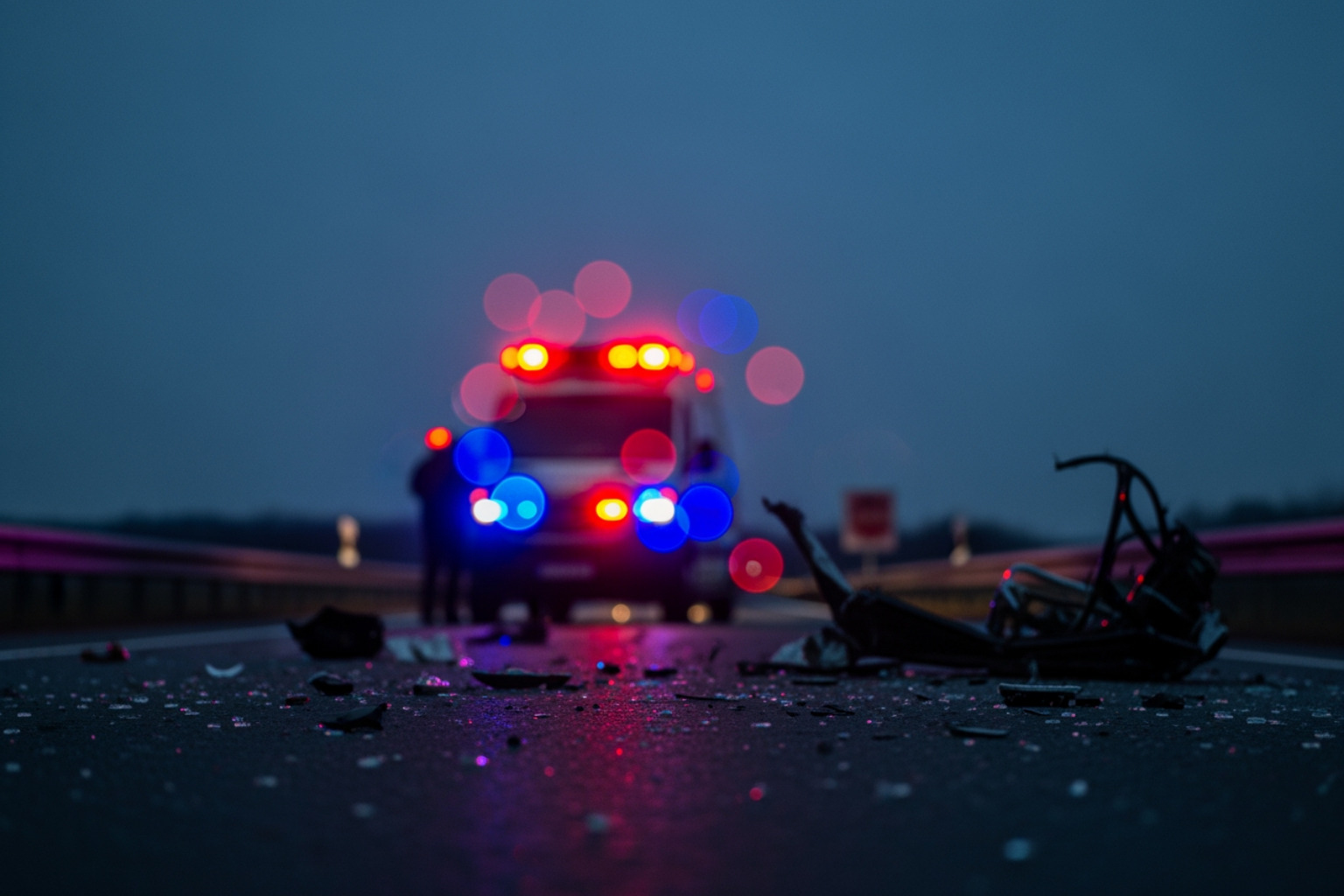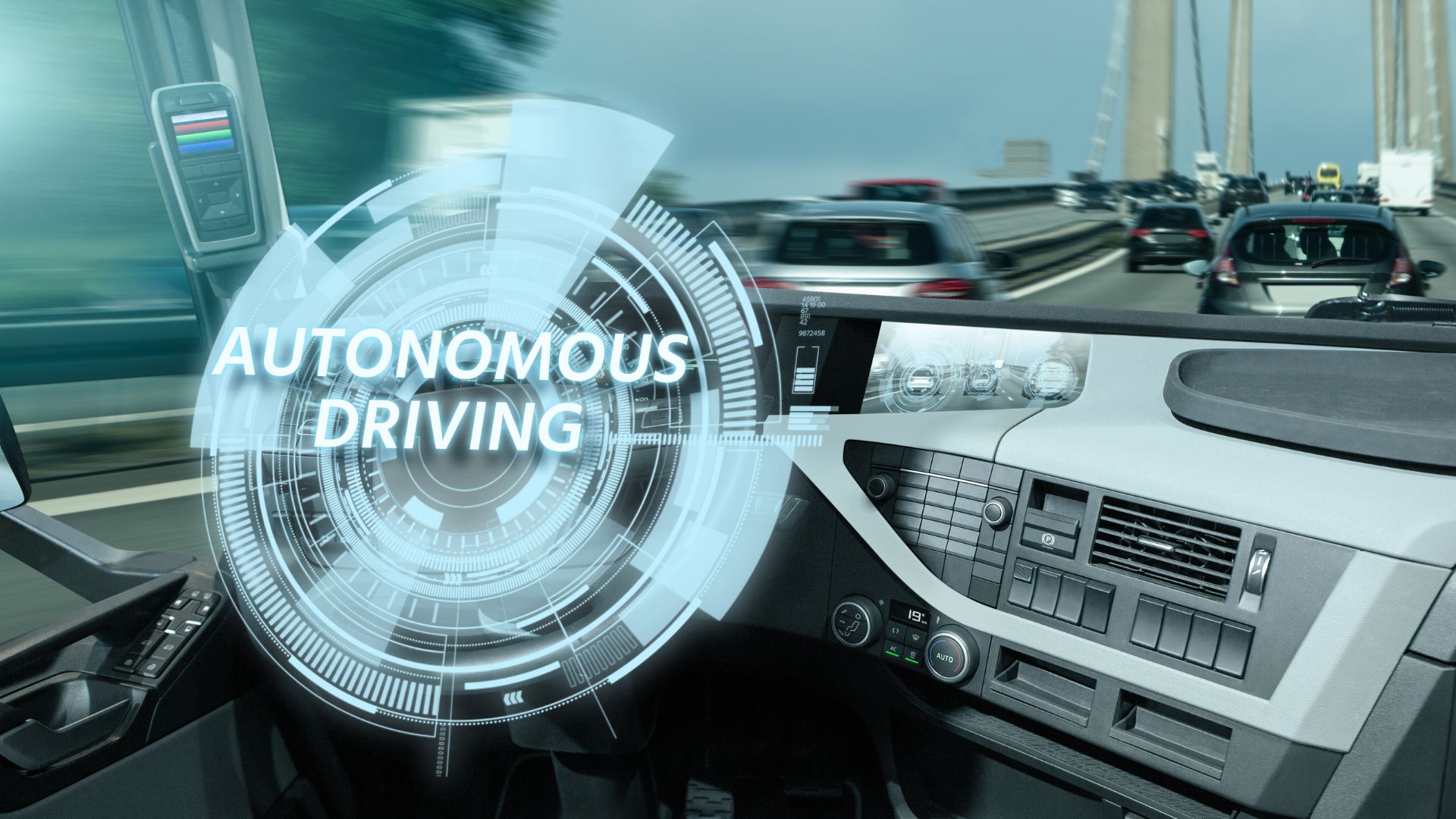Self-driving technology was sold as the future of safety. Cars that see everything. Systems that never get tired. Roads free of human error.
That’s not the world we’re living in yet.
The reality is full of warnings and recalls, missed signals, and tragic wrecks that didn’t have to happen. Beneath the marketing, the technology still struggles with the messy, unpredictable world that real drivers face every day.
If you want to understand what’s really happening behind the wheel of an “autonomous” car, start here. These are the top five problems with self-driving technology that every Georgia driver should know:
1. The Systems Still Make Dangerous Mistakes
Federal safety investigators have opened multiple probes into so-called self-driving systems after reports of red-light runs, wrong-way turns, and lane intrusions while the software was engaged. The National Highway Traffic Safety Administration (NHTSA) has logged dozens of crashes involving automated systems, including several fatal ones.
These aren’t minor bugs; they’re life-and-death failures that happen on public roads.
Bottom line: Computers don’t get distracted, but they do get confused, and when they do, the results are devastating.
2. Partial Automation Doesn’t Guarantee Safety
You’ll hear automakers say their driver-assist features make roads safer, but the data doesn’t back that up.
A recent Insurance Institute for Highway Safety (IIHS) study found no clear evidence that partial automation reduces crashes overall. Many systems make driving easier, but not necessarily safer. Worse, they can lull drivers into overconfidence, leading to slower reactions when something goes wrong.
Bottom line: These systems assist the driver, but they don’t replace them. That’s one of the biggest issues with autonomous cars on the road today.
3. Bad Weather and Real Life Confuse the Tech
Rain, fog, construction zones, glare—these everyday conditions wreak havoc on self-driving sensors. Cameras lose focus. Radar bounces off puddles. Lidar can misread objects or miss them entirely.
Georgia’s winding roads and unpredictable weather don’t make things easier. A system that performs well in a lab can fall apart in Macon or Marietta when a thunderstorm rolls in.
Bottom line: The real world isn’t perfect, and neither are these systems. One storm can turn a “smart car” into a dangerous one.
4. The Numbers Tell a Different Story
California’s testing reports show that autonomous vehicles still need human takeovers (called “disengagements”) far more often than the public realizes. Even in controlled environments, safety drivers step in when the system can’t handle traffic or terrain. That’s the best-case scenario. On open highways and city streets, those same limitations play out in real time, with real people in harm’s way.
Bottom line: For all the billions spent, the technology still can’t consistently drive without human backup.
5. Accountability Is Still a Battle
When a self-driving car crashes, who’s responsible? The “driver”? The manufacturer? The software company?
That’s the problem. The law hasn’t caught up with the technology, and corporations use that gap to dodge responsibility. Drivers get blamed for trusting the system the company told them to trust, and families are left to pick up the pieces.
Bottom line: Technology doesn’t absolve blame; it demands deeper scrutiny.
The Bigger Picture
Technology will keep evolving. One day, truly autonomous vehicles may deliver the safety they promise, but we’re not there yet. Right now, the roads belong to people, not machines.
At Cheeley Law Group, we believe Georgia families deserve the truth about these systems, not marketing spin. When automation fails, it’s not an “accident,” it’s a design choice. A testing gap. A corporate decision to put technology ahead of safety.
That’s where accountability begins, and that’s where we work.
If a self-driving or semi-autonomous vehicle caused a crash that changed your life, don’t face it alone. Find out what really happened. Hold the right people responsible. If you want a deeper look at how these failures translate into legal liability, explore our Self Driving Vehicle Accidents page.





